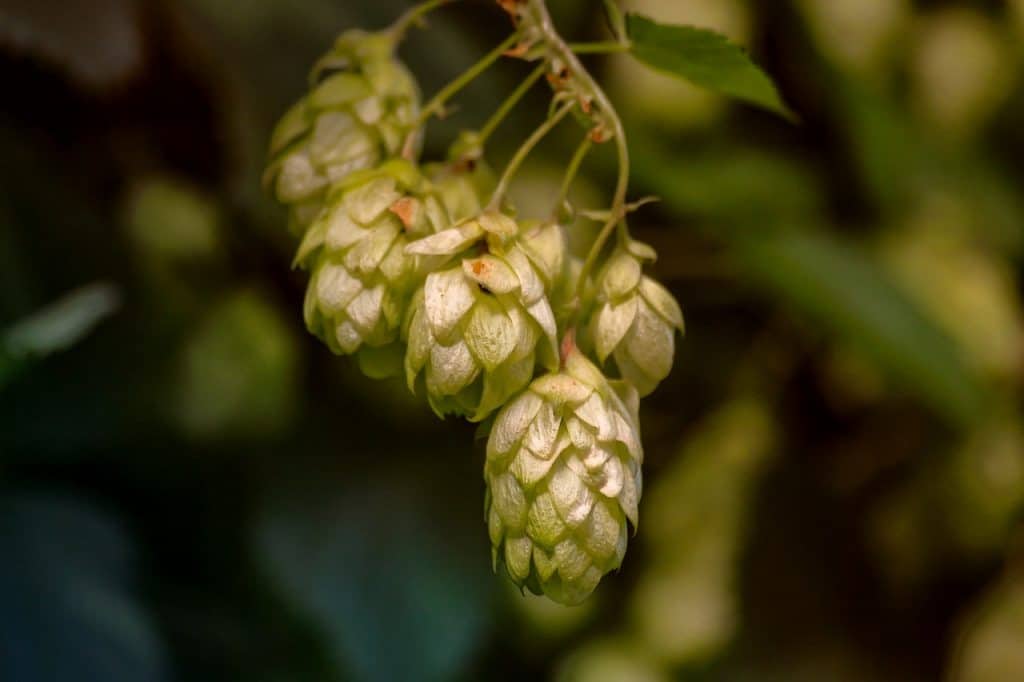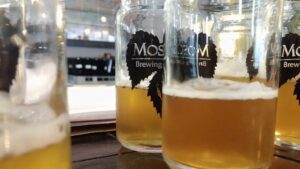A study by Oregon State University discovered that the same variety of hops grown in Oregon and Washington, along with beers brewed with the hops, contain dissimilar chemical properties and aroma profiles.
The demand for hops has grown substantially in recent years, with the 2021 U.S. hop acreage coming in at 60,872 and the 2022 acreage strung for harvest forecast at 59,896 acres.
With this increase in demand, brewers, hop breeders and hop growers have homed in on the aromatic potential of hops, investigating how they contribute to beer flavor. The idea of “hop regional identity” allows hop growers and brewers to enhance the value of their products through the understanding of hop traits that are impacted by growing regions, subregions or even a single field, according to a release.
“Like winemakers, brewers want to know: will hops grown in different regions be different? And, if so, why?” said Tom Shellhammer, an Oregon State professor. “This study shows compelling evidence that there are differences you can attribute to the region.”
Washington is known for its high production of hops. In 2021 alone, Washington harvested 43,783 acres of hops and produced 84,608.2 pounds. Oregon is the third highest producer, with a total of 7,395 acres harvested and 12,607.9 pounds produced in 2021.
Researchers focused on Cascade and Mosaic hops grown on 39 different areas located in Oregon’s Willamette Valley and Washington’s Yakima Valley produced in the 2020 harvest year. The two locations are the hub of each state’s hop industry.
The team chemically analyzed the hop’s acids and compounds and assembled a trained sensory panel to examine the hop aromas. The two methods uncovered between-state and within-state distinctions for both varieties.
Cascade hops grown in Oregon possessed a “strong citrus, floral, fruity, herbal and resinous aroma,” shared the release. Cascade hops from Washington gave off a tropical and sweaty aroma.
Mosaic hops from Oregon had a powerful citrus, floral, fruity and tropical scent. Mosaic hops grown in Washington presented a sweaty, vegetal and woody aroma.
Researchers also utilized 14 of the hop samples to brew beers. Most of the vital aroma attributes found in the hops also proved to play a significant role in the aroma of the beers. Yet the value of resinous, sweaty and herbal attributes lessened from hops to beers. In contrast, the citrus, tropical and floral characteristics were more significant in the beers than the hops.
“These results will help hop growers in the Pacific Northwest of the U.S., as well as brewers utilizing hops from these major hop-growing regions, to produce regionally unique beers or to blend hops in a way that results in standardized and constant beer quality,” said Shellhammer.
The discoveries add to the findings from a previous study led by many of the same authors that investigated terroir of hops in Willamette Valley. That study uncovered major differences in chemical properties and flavor profiles in hops gathered from 50 sites within 30 miles of one another.
Researchers hope to further their research and determine whether regional differences are present among various hop varieties and between each harvest year. They also want to explore environmental parameters including “soil characteristics, the microbiome, weather and climatic conditions and agricultural parameters such as irrigation, fertilization and harvest date,” concluded the release.
Read More:
Can Canada Get a Piece of the Billion-Dollar Hops Pie?
The Craft Beer Market Has Exploded, and That’s Good News for Barley Breeding
First Fully-Commercialized Traceable Beer Could Add Value to Certified Seed












